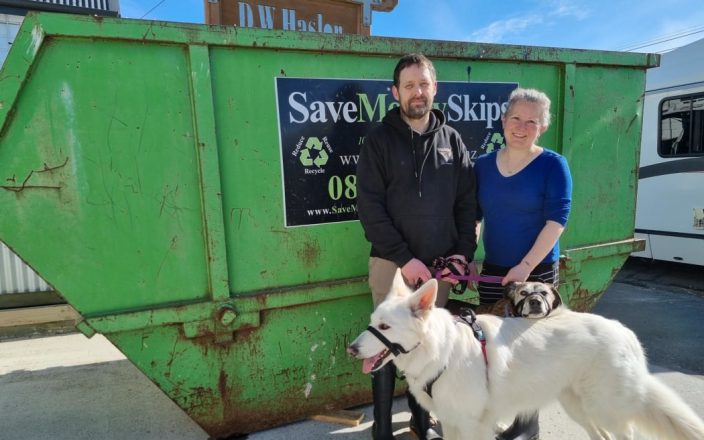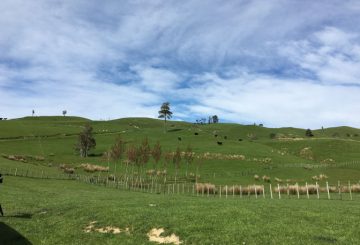Ang mga residente ng South Dunedin, sina Gareth at Dyan O’Malley, ay nakikitungo sa mga pagkatapos ng mga kamakailang baha. Nililinis nila ang kanilang nasirang tahanan, na naapektuhan ng mga baha nang maraming beses mula noong 2015. Matapos ang mabigat na ulan noong nakaraang linggo, maraming mga tahanan ang may dilaw na sticker na nagpapahiwatig na hindi ligtas silang manirahan. Maaaring kailangang manatili ang mga residente sa kanilang mga tahanan nang maraming buwan habang ginagawa ang pag-aayos.
Nagpahayag ni Gareth ng pag-aalala tungkol sa pamumuhay sa isang lugar na may paulit-ulit na pagbah Ang kanilang pamilya, kabilang ang kanilang dalawang aso, ay kailangang makahanap ng upa nang pansamantalang, ngunit maaaring hindi ito tumutugunan ang kanilang mga alagang hayop. Isinasaalang-alang ng mag-asawa ang kanilang pangmatagalang opsyon ngayon.
Mas maaga sa taong ito, humiling ng Dunedin City Council ng $130 milyon mula sa gobyerno upang makatulong sa pagbili ng mga property na may puwang sa South Dunedin. Tinanggihan ang kahilingan na ito, ngunit naniniwala si Gareth na dapat pa ring tuklasin ang ideya. Nararamdaman niyang natigil dahil bumaba ang mga halaga ng ari-arian dahil sa pagbaha.
Sa isang pagbisita mula sa Punong Ministro Christopher Luxon, itinaas ang mga katanungan tungkol sa kung bakit tinanggihan ang kahilingan sa pagpopondo. Naniniwala ang mga lokal na pinuno, kabilang ang conseller na si Jim O’Malley, na dapat muling bisitahin ng konseho ang pagpipilian sa pagbili, dahil unti-unting pagbili ng bahay ay makakatulong sa pamahalaan ng mga gastos at maiwasan ang sapilit
Gayunpaman, hindi lahat ng may-ari ng bahay ay sumasang-ayon sa diskarte na ito. Nagsusumikap ang residente na si Brendon Hollander upang mapanatili ang kanyang tahanan at nais na manatili, dahil mahal niya ang lugar. Naniniwala siya na maaari itong maging ligtas kung ang tamang imprastraktura ay nasa lugar.
Ang konseho ng lungsod ay gumawa ng ilang mga pagpapabuti sa huling dekada, na binabawasan ang pagbaha kumpara sa mga nakaraang kaganapan, ngunit mas maraming trabaho ang kailangan ayon sa alkalde at iba pang mga residente. Sinusubukan ng konseho ang mga pagpipilian tulad ng pag-pump ng tubig sa dating Forbury Park upang makatulong na pamahalaan ang mga pagbaha sa hinaharap, ngunit isinasagawa pa rin ang mga pagsusuri upang matiyak na ito ay isang angkop na solusyon.






























































